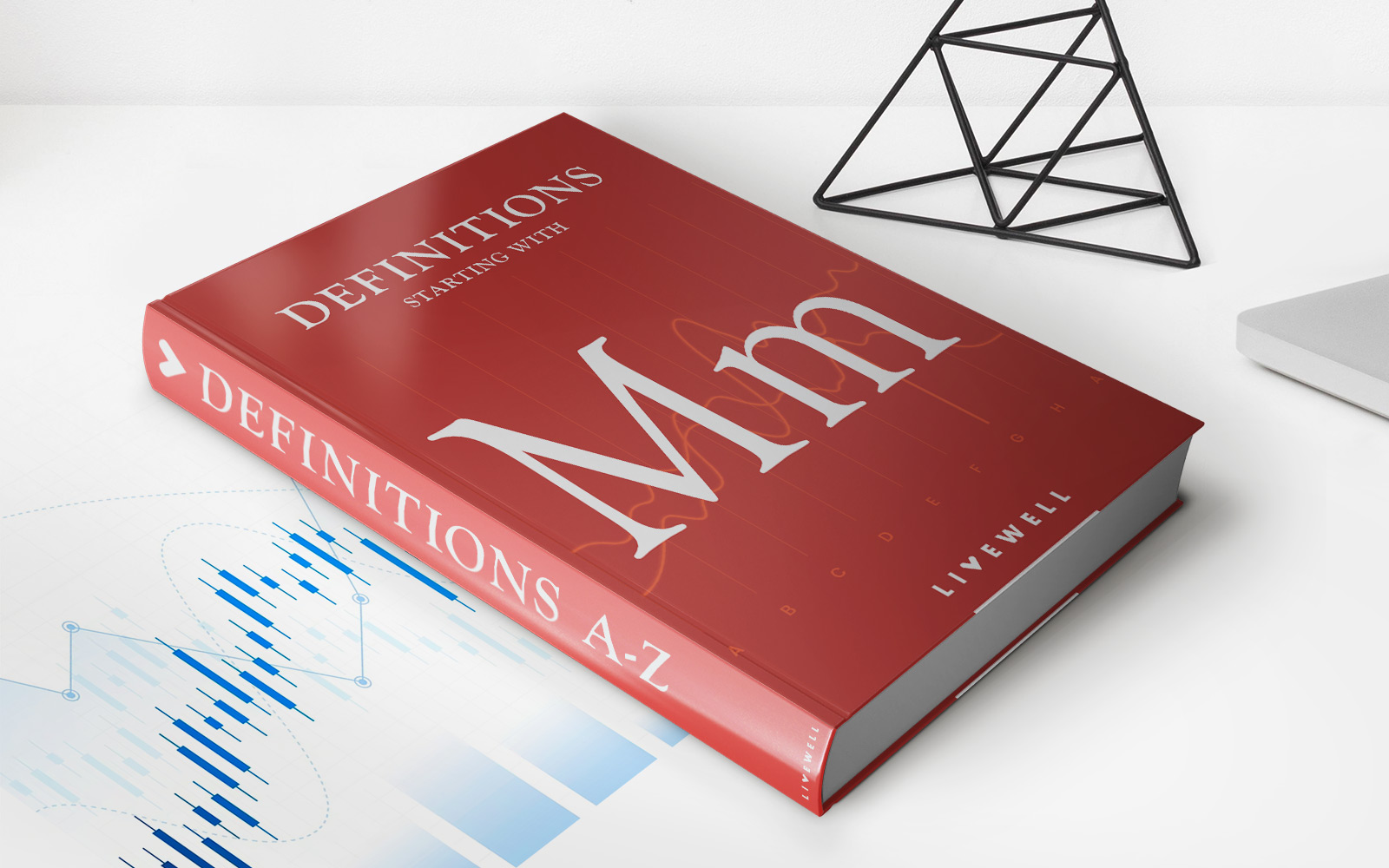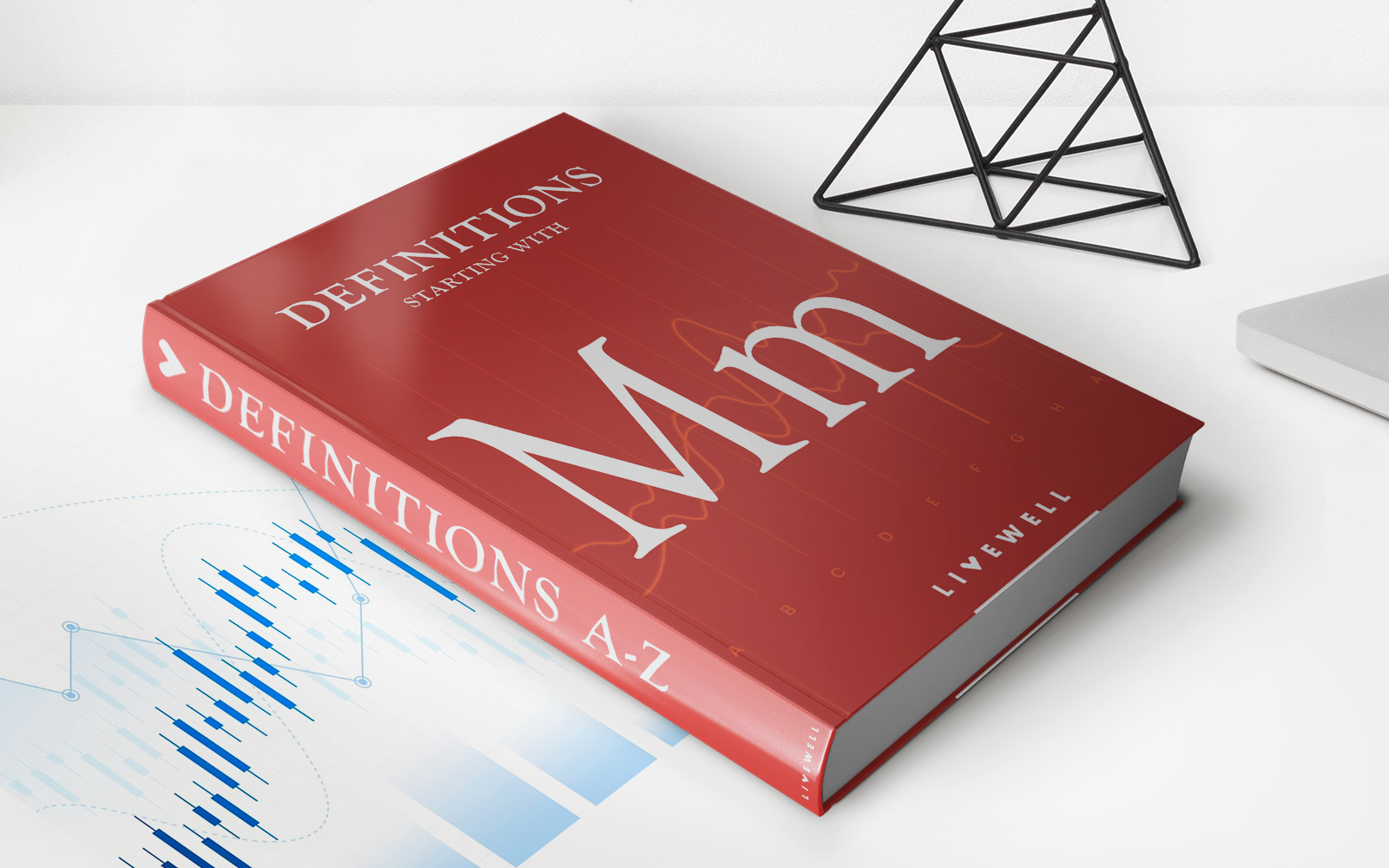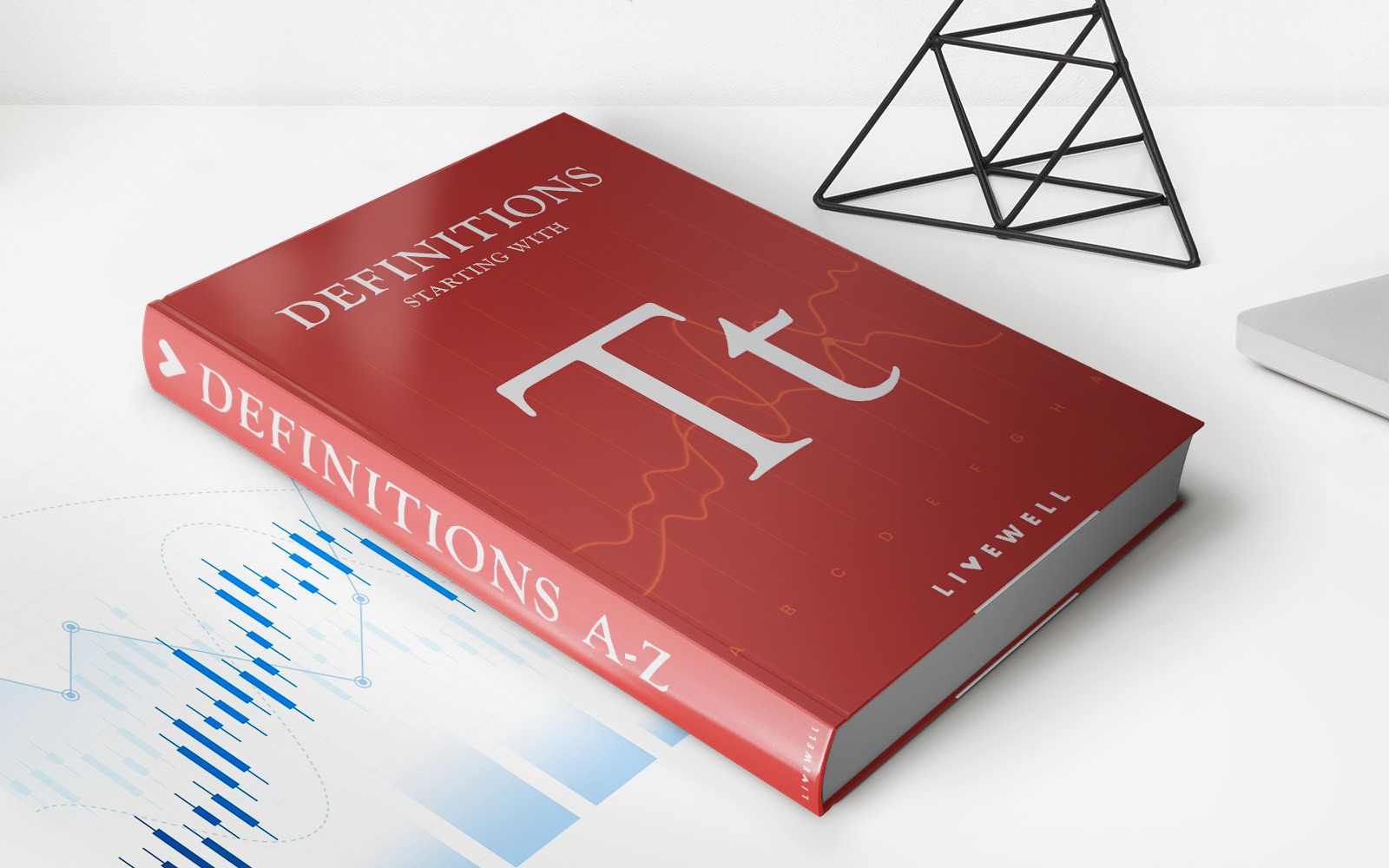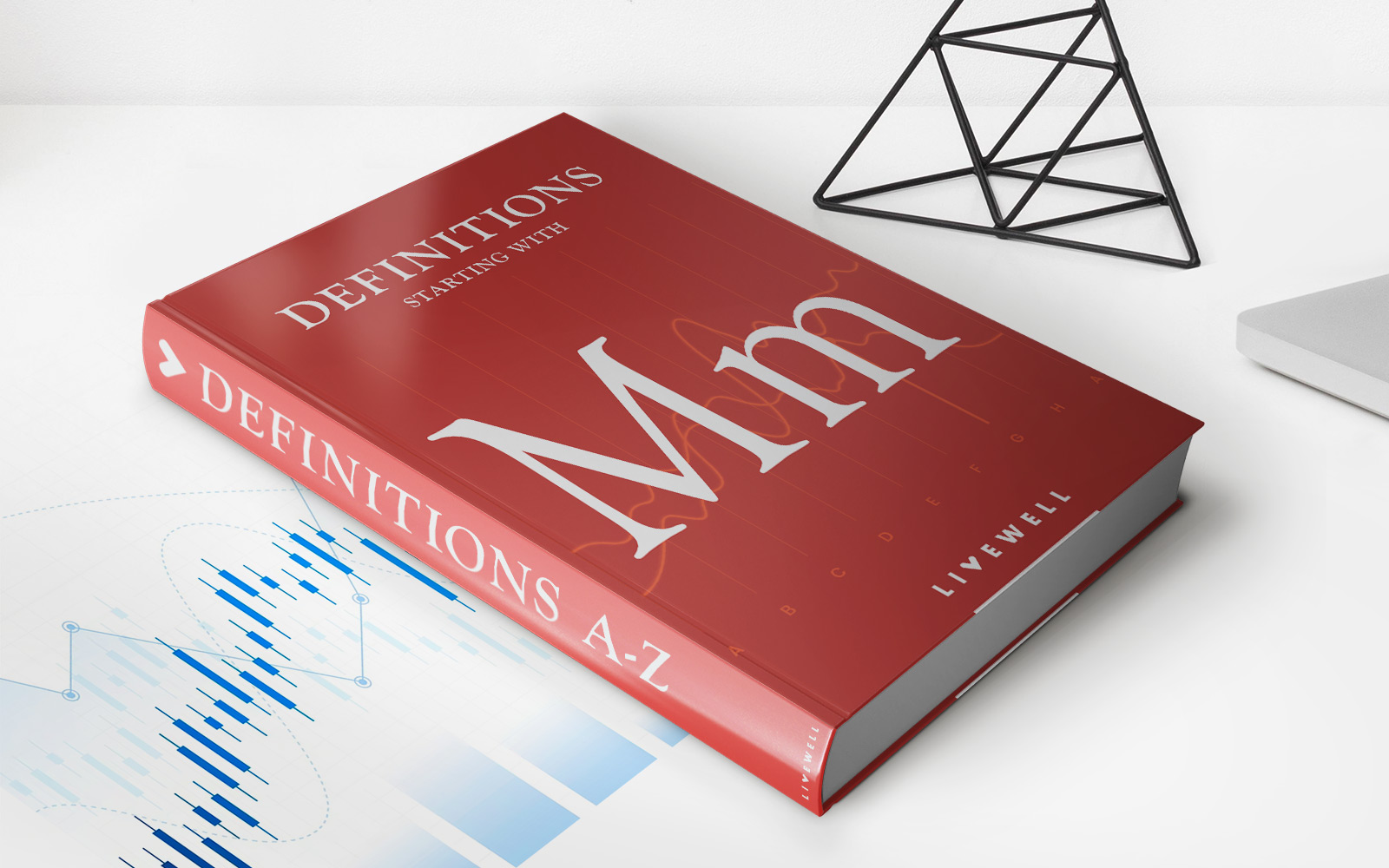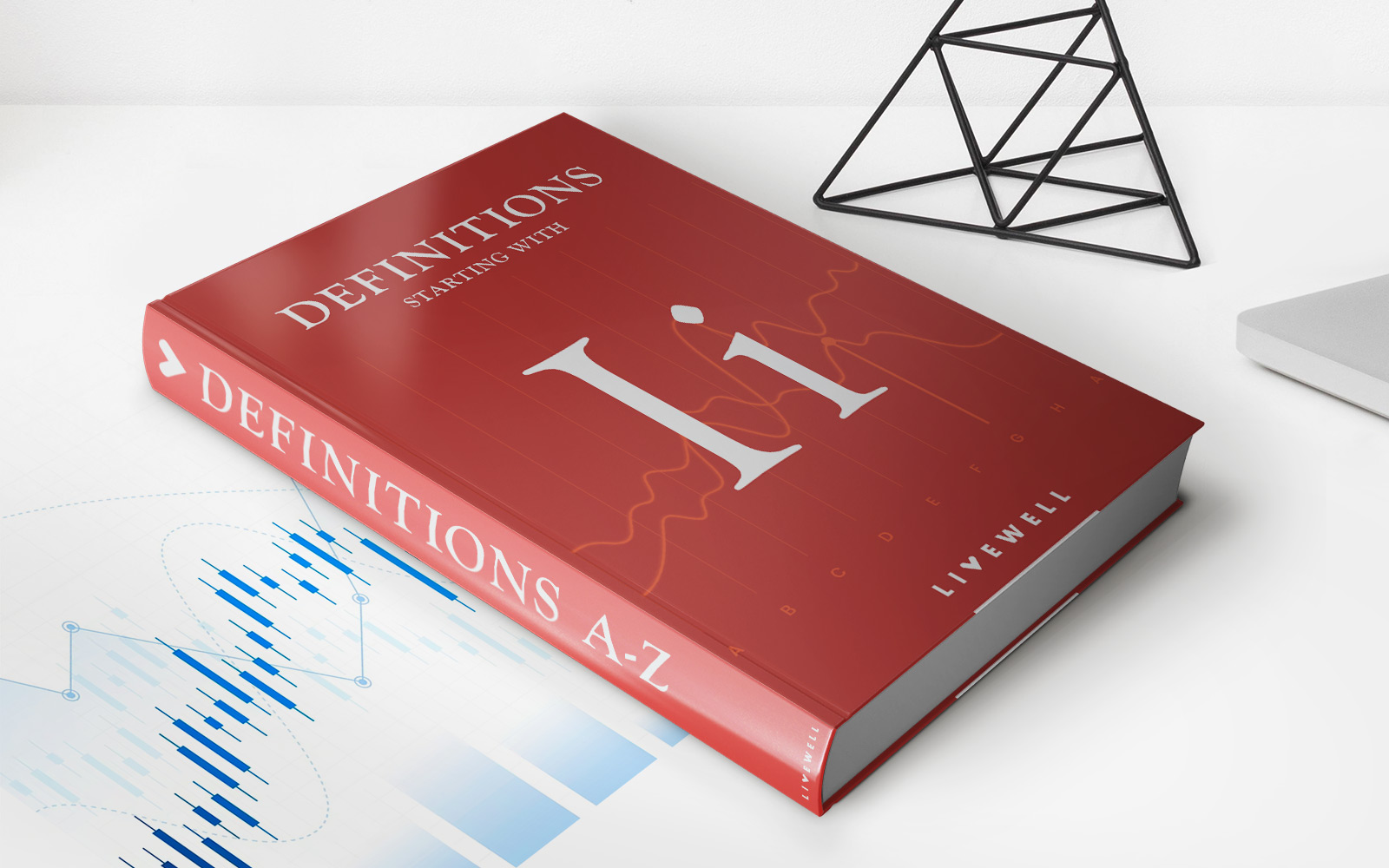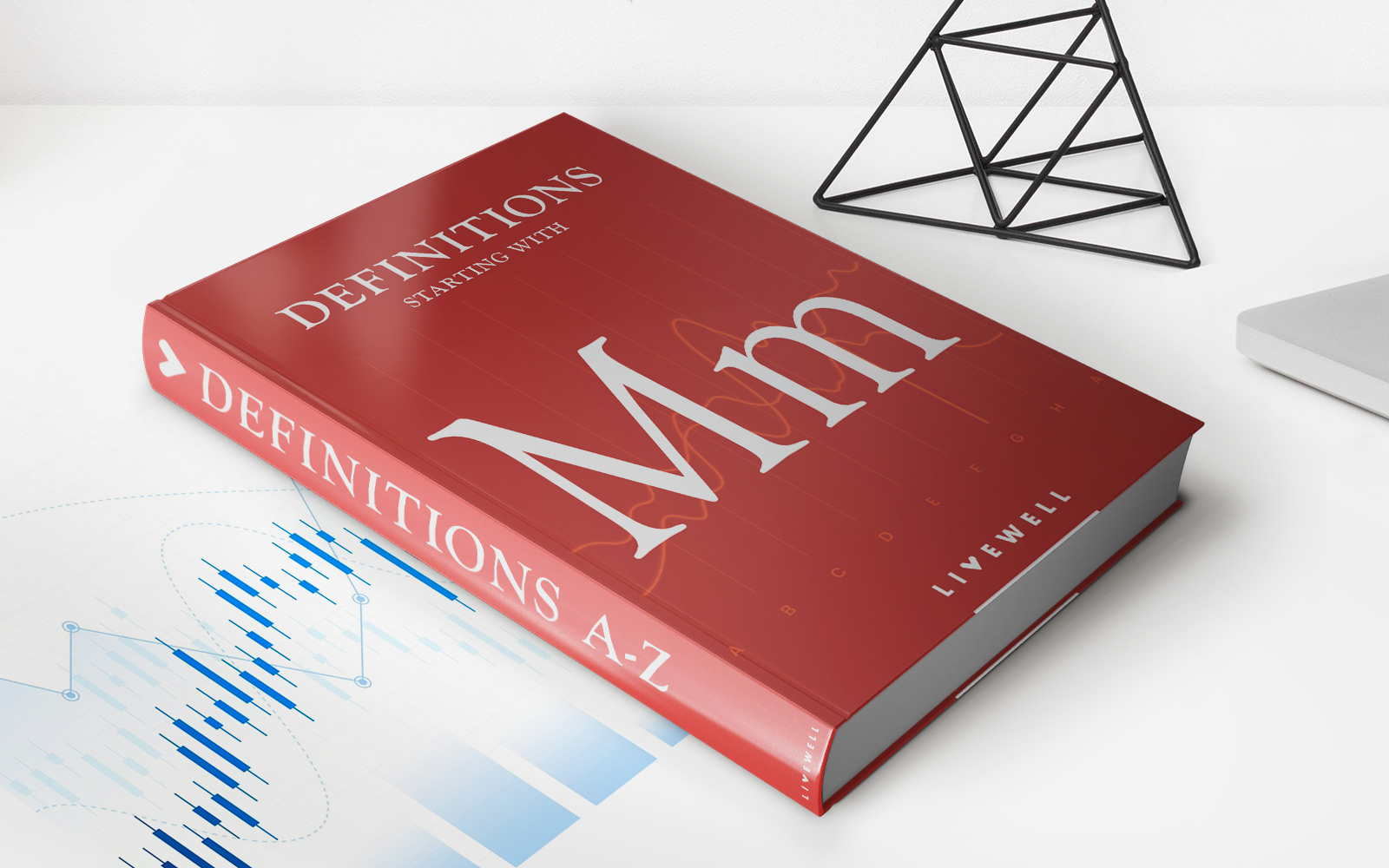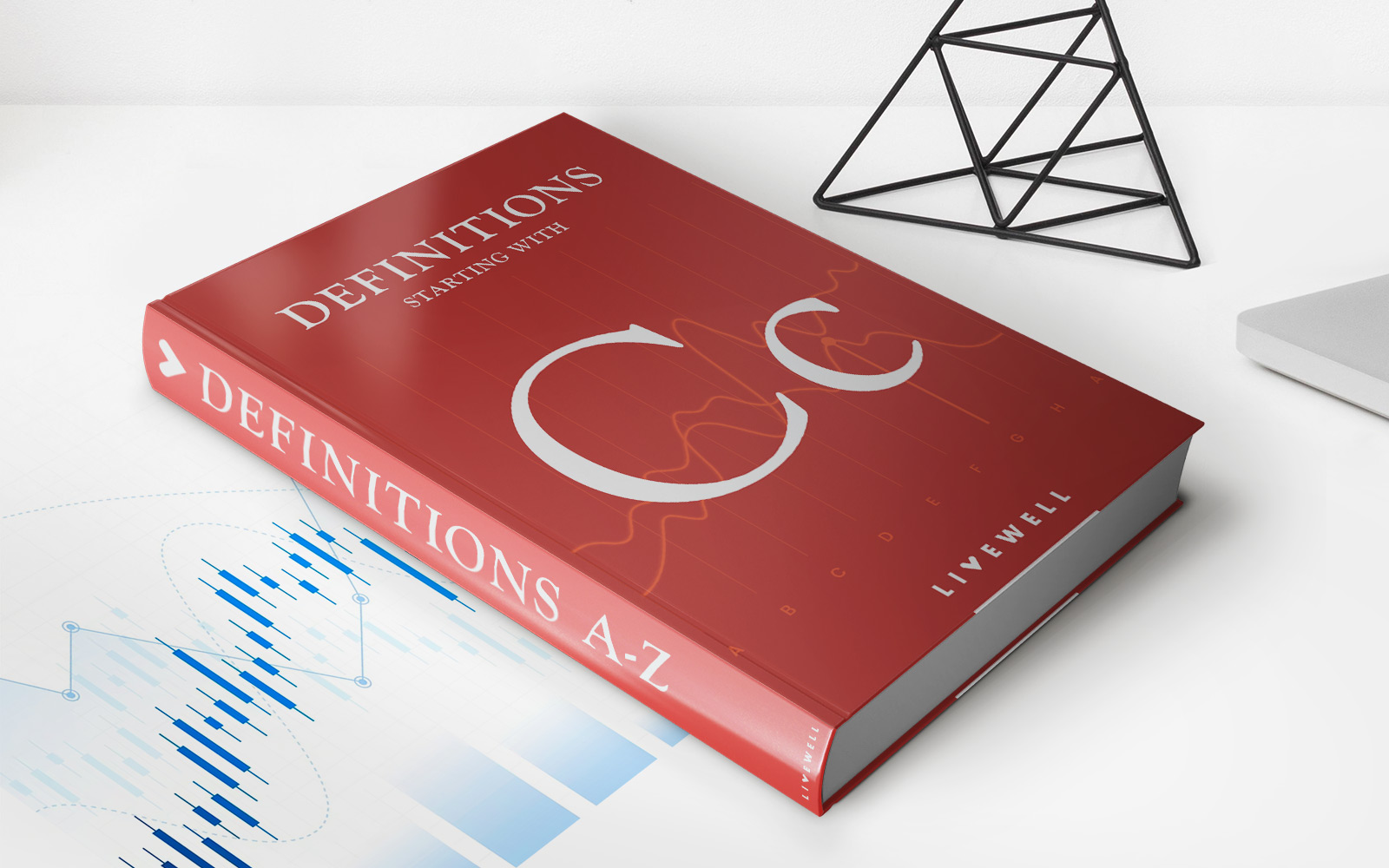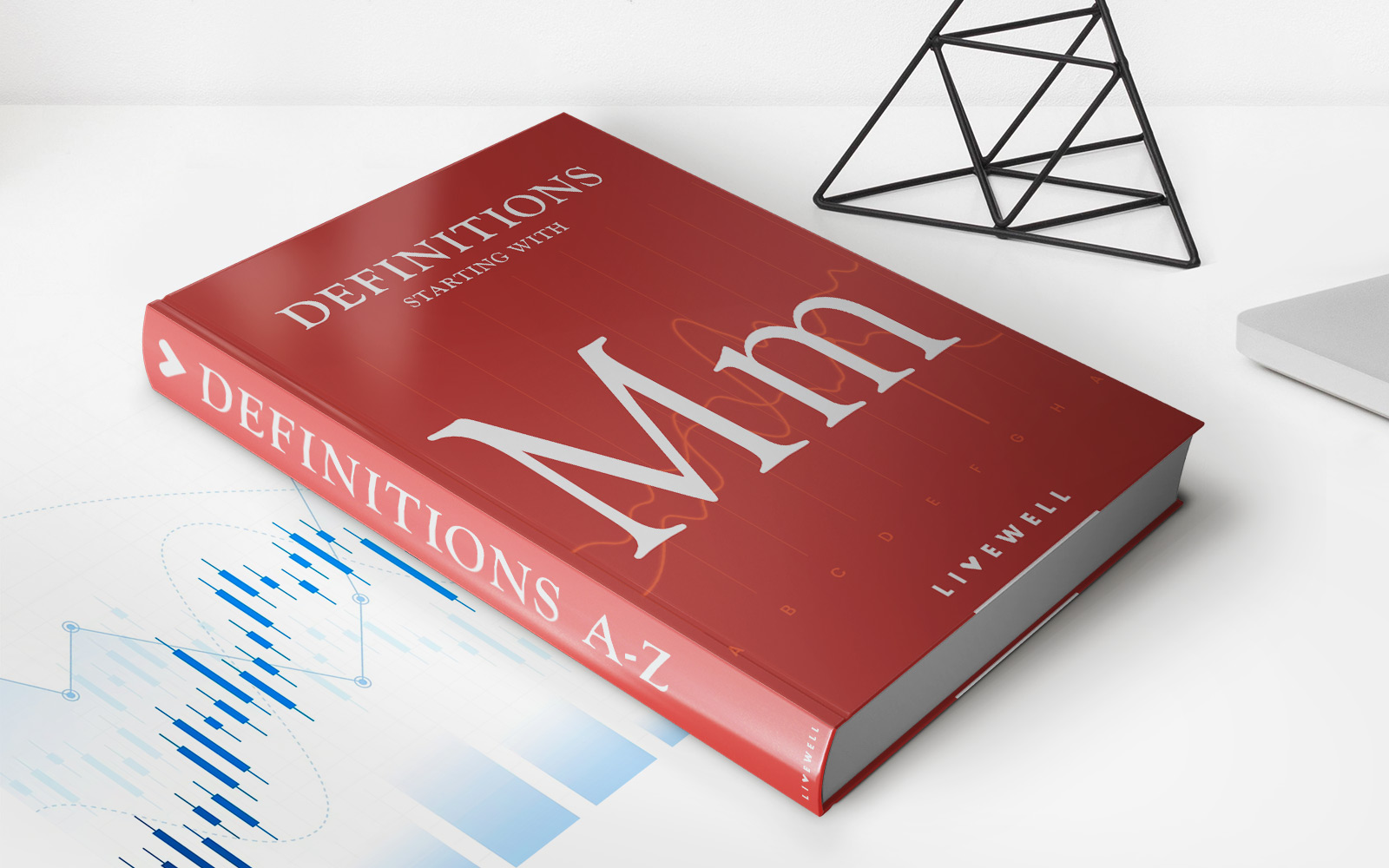

Finance
Multi-Index Option Definition
Published: December 27, 2023
Discover the meaning and benefits of multi-index options in finance. Learn how this investment strategy can help diversify your portfolio and optimize returns.
(Many of the links in this article redirect to a specific reviewed product. Your purchase of these products through affiliate links helps to generate commission for LiveWell, at no extra cost. Learn more)
Understanding Multi-Index Option: A Gateway to Financial Growth
When it comes to navigating the complex world of finance, having a comprehensive understanding of various investment options is essential. One key investment strategy that can open doors to potential financial growth is the use of Multi-Index Options. In this blog post, we will dive into the depths of Multi-Index Options, exploring its definition, benefits, and how it can be used to optimize investment portfolios.
Key Takeaways:
- Multi-Index Options allow investors to track the performance of multiple underlying assets simultaneously, offering a diversified approach to investment.
- These options provide flexibility and allow investors to hedge against market volatility, reducing potential risks.
So, what exactly is a Multi-Index Option?
A Multi-Index Option is a type of derivative contract that allows investors to track the performance of multiple underlying indexes simultaneously. It provides a unique opportunity to gain exposure to various markets and industries within a single investment instrument. Investors can choose from a range of asset classes such as stocks, bonds, commodities, or even global indices, depending on their investment goals and risk tolerance.
Now let’s take a closer look at two key benefits that make Multi-Index Options a popular choice among investors:
Diversification and Flexibility
One of the primary advantages of Multi-Index Options is the ability to diversify investments across multiple asset classes. By investing in a single instrument that tracks multiple indexes, investors can spread their risk and potentially maximize returns. This diversification can help mitigate the impact of market fluctuations on a single index, offering a more balanced approach to investment.
Furthermore, Multi-Index Options provide flexibility in terms of investment strategies. Investors can choose from a variety of options, such as long or short positions, and even employ hedging strategies to protect their portfolios against market volatility. The ability to adapt to changing market conditions is a key advantage of Multi-Index Options, allowing investors to navigate uncertain times with more confidence.
How can Multi-Index Options be used?
Multi-Index Options can be used in a variety of ways, depending on an investor’s goals and risk appetite. Here are a few common applications:
- Hedging: Investors can use Multi-Index Options to hedge their existing positions and protect their portfolios against potential losses.
- Portfolio Optimization: By including Multi-Index Options in their investment portfolios, investors can achieve a more diversified mix of assets, potentially enhancing overall portfolio performance.
- Speculation: Traders can also use Multi-Index Options to speculate on the future direction of multiple underlying indexes, aiming to profit from market movements.
Conclusion
In conclusion, Multi-Index Options offer investors a unique opportunity to diversify their investments and navigate various markets simultaneously. With their ability to track the performance of multiple underlying indexes, these options provide a flexible and efficient way to manage risk and potentially achieve financial growth. Whether you are a seasoned investor or just getting started, exploring the world of Multi-Index Options could be a valuable step towards optimizing your investment portfolio.
